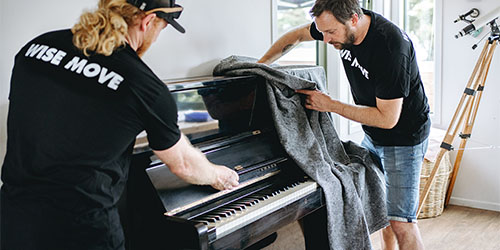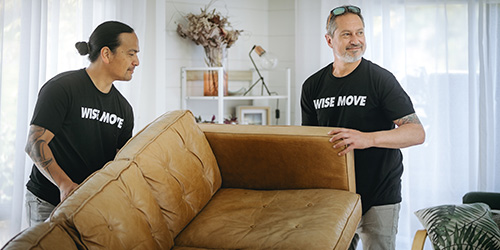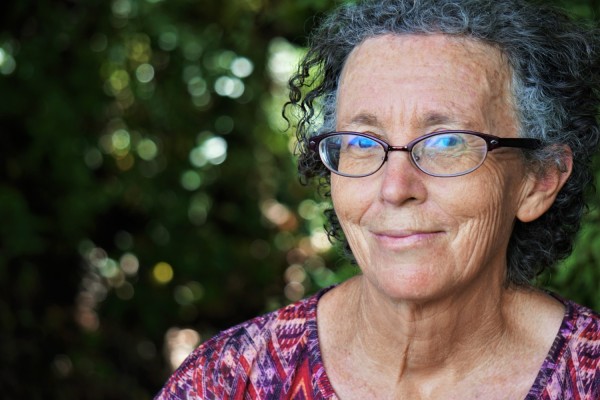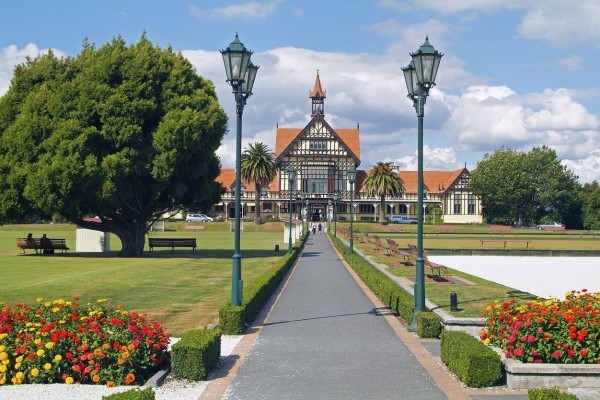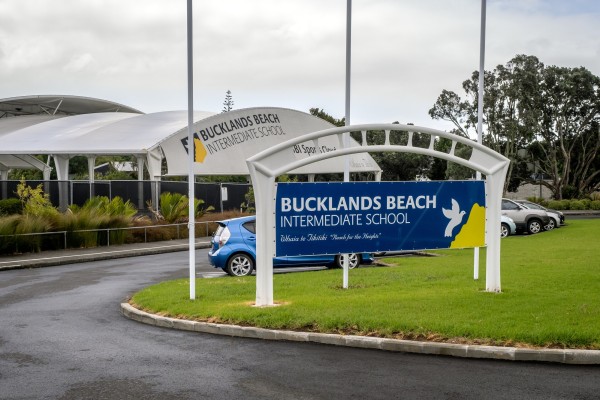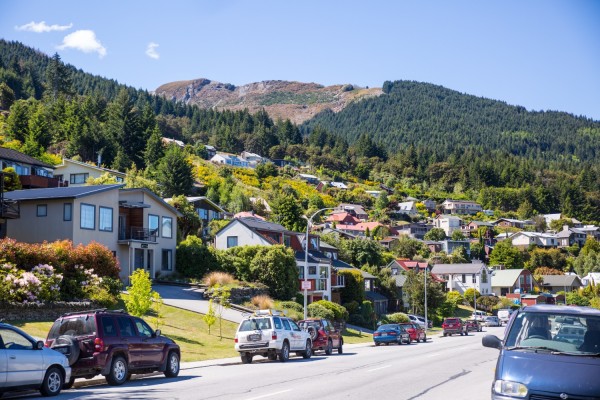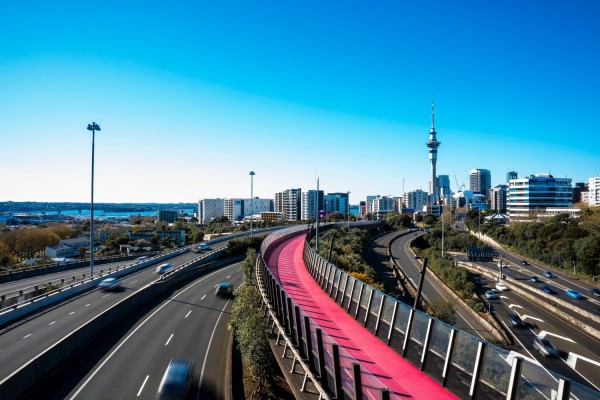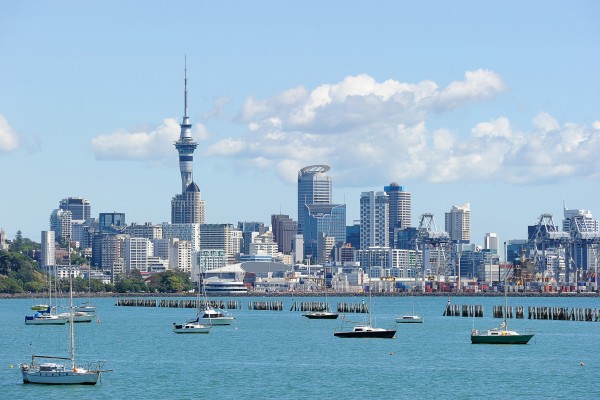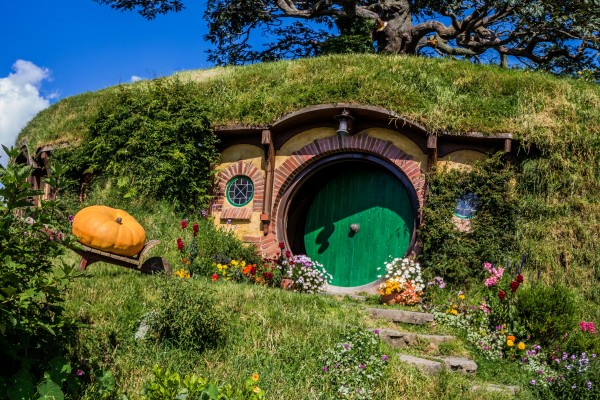An expat guide to retiring in New Zealand

New Zealand is an ideal place to retire. With its mild seasons, focus on outdoor activities and breathtaking scenery, and plenty of small quaint towns, it has everything many people look for when they reach retirement age.
New Zealand came second place in a recent poll of the best places to retire scoring highly in seven attributes, including:
- Affordability
- Favourable taxes
- Friendly
- A place people want to live
- Pleasant climate
- Respect property rights
- Well-developed public health system
Find out what you’ll need to do to make your dream of retiring to New Zealand a reality.
Learn about:
Retirement visas for New Zealand
Before immigrating to New Zealand, you’ll need a visa to ensure you can stay long-term. There are two main visa options for people from overseas looking to move to New Zealand after the age of 66.
Parent Retirement Resident Visa
The parent retirement resident visa is the easiest way to retire to New Zealand - however, it comes with a catch. You’ll need to have an adult child who is a permanent resident or citizen of New Zealand to be able to apply for this visa.
The visa also requires some significant investments. You’ll need to invest at least NZD $1million in a New Zealand bank account, New Zealand shares or something similar over a four-year period. This is about USD $607,250.00 or GBP 464,500.00.
If your visa is approved, you’ll have 12 months to transfer your funds to New Zealand. The type of funds you wish to transfer or invest can include funds or assets as evidenced by the following:
-
bank statements
-
title deeds
-
property valuations
-
share certificates
-
business ownership documents
-
asset valuations.
On this type of visa, you may bring a partner and you may travel in and out of the country for the first two years. After four years, you are entitled to apply for permanent residency, and your funds and any travel restrictions will be lifted. You can still work or study during your time in New Zealand on this visa.
To apply, you must have NZD $500,000 for initial settlement funds to invest (you’ll be given 12 months to get access to your funds) and have an annual income of at least NZD $60,000 from investments, a pension, business earnings or another source of income.
Temporary Retirement Visa
If you don’t have any adult children in New Zealand and you have money to invest in New Zealand, you can still move to New Zealand temporarily. If you are over 66 years old, you can invest a minimum of NZD $750,000 in New Zealand. In return, you will be granted a two-year visa to stay in New Zealand.
You can include a partner in your application. At the end of your two years, you can apply for another Temporary Retirement Visa. You will be eligible to study during your stay, but you can’t legally work. All up, you will need:
-
NZD $750,000 to invest in a New Zealand bank account.
-
NZD $500,000 to live on
-
An annual income of NZD $60,000 or more.
With this visa, you can complete a short course of study during your stay in New Zealand, but you’re not allowed to work.
Australian resident visa
Australians can retire to New Zealand and live and work here indefinitely thanks to the Trans-Tasman Travel Arrangement between the two countries. You don’t need a visa - if you hold an Australian passport, you can move here indefinitely. However, if you are over 65, there are some things you’ll want to consider.
Residency and Pensions: Australians living in New Zealand may be eligible for New Zealand Superannuation (our government pension), but only after 10 years of living here, with five of those years being after the age of 50.
If you are an Australian permanent resident, you will need a NZeTA, which restricts you to a stay of up to two years.
Healthcare: Australians living in New Zealand are eligible for publicly funded healthcare, but they should ensure they meet the criteria for long-term residents to avoid any gaps in coverage.
Taxes: Retiring in New Zealand could have tax implications, especially in terms of how pensions and other income streams are treated in each country. It’s a good idea to contact a financial expert, whether in New Zealand or Australia, who can help you navigate this.
While Australians don’t need a specific retirement visa to move here, you should consider the long-term financial implications before making the move.
What to consider before retiring in New Zealand
Retiring to another country can be expensive, so you want to make sure you've made the right choice. It’s a good idea to visit New Zealand before you intend on retiring here. This will let you experience the country first hand and develop your own list of pros and cons before your move.
Cost of living in New Zealand
Compared to many other countries, the cost of living in New Zealand is quite high. It’s a well-known fact that you can buy New Zealand lamb and sauvignon blanc at a cheaper price in London than you can in Auckland.
Before you move, make sure you have enough money to live comfortably in your chosen town or city. We’ve created some guides to help you understand how much you’ll need to earn (or have saved) to live comfortably in some of our major cities.
These cities are some of the most expensive places to live in New Zealand. It’s worth checking out smaller towns and regions and taking note of the price of everyday things like petrol, groceries, rent and mortgage payments so that you have a more accurate idea of how much your new life will cost.
The New Zealand Healthcare system
New Zealand has a single-payer healthcare system. The government funds public healthcare and offers free or subsidised healthcare to eligible citizens and residents.
As a retiree, you can access the New Zealand healthcare system at a lower cost once you become a permanent resident or if you are an Australian citizen or permanent resident who has lived or plans to live here for two years.
What is the age of retirement in New Zealand?
While you can retire at any time in New Zealand, you must be 65 years old to access your Kiwisaver or receive government Superannuation. Most New Zealanders retire around this age.
If you have just moved to New Zealand at age 65, you won’t yet be eligible for the New Zealand Superannuation scheme. Rules around receiving the scheme as an immigrant are changing based on your date of birth and when you first moved here.
For many people, you’ll need to have lived in New Zealand for at least ten years (for each year a person is born after 1961, the length of time you’ll need to have lived here increases by roughly one year) to be eligible for superannuation. The years don’t need to be consecutive, but five of those years must be after the age of 50.
What is superannuation?
In New Zealand, superannuation is the name for our government-funded pension scheme. All New Zealanders are eligible for superannuation once they turn 65 and you don’t have to pay into it during your working life. It’s worth noting that many New Zealanders also save for retirement through a KiwiSaver or similar fund.
Superannuation payments are generally quite low and may not be enough to cover more than the basic expenses.
How much do you need to retire in New Zealand?
If you are moving to New Zealand on a retirement visa the amount you need will be stipulated for you. How much you actually need, will depend on your individual needs, preferences and lifestyle.
The average New Zealand superannuation payment is NZD $24,000 for a single person or NZD $40,000 for a couple. Most people want to be able to spend more than that.
The best way to figure out how much you’ll need is to create a budget that accounts for all your daily essentials (in New Zealand dollars), and insurance you might need, money for entertainment and leisure, and any overseas holidays you may wish to take.
According to Opes Partners, a NZD $36,000 budget for a single person (or NZD $50,000 for a couple) is considered ‘no frills’ and is below the average budget of most retired New Zealanders.
An annual budget of NZD $60,000 (or NZD $81,000 for couples) will put you into the ‘choices’ category. This means that you don’t have to pinch pennies and can afford the odd holiday within New Zealand and a few luxury items in your weekly budget.
The best places to retire in New Zealand
There is no shortage of places to retire to in New Zealand. Places like Tauranga, the Kapiti Coast, the Bay of Islands, and the Coromandel have always been popular with retirees, but there are more options if you’re willing to look around.
Whangārei
Less expensive than places like Tauranga, Whangārei is a great option for retirees who are looking for a more affordable option and is just a two-hour and 18-minute drive from Auckland. Plus, the average house price sits at around NZD $776,000. The weather is temperate all year round.
Marlborough
Marlborough has emerged as a sought-after destination thanks to its many sunshine hours. It’s right next door to Nelson but a lot more affordable. Towns like Blenheim have everything you need without being too busy or too boring. The average house price in Marlborough is NZD $700,000.
One of the biggest benefits of retiring to Marlborough is the weather. The region has some of the longest sunshine hours in the country make it a perfect place to enjoy the wineries, walks, biking trails, and beaches.
Bay of Plenty
The average price of a house in the Bay of Plenty is NZD $780,000. Along with plenty of sunshine hours, and a temperate climate moving to the Napier, Hastings or Gisborne regions is a great option for retirees.
Need help with your move?
No matter where you are retiring to in New Zealand, Wise Move can help you move there. At Wise Move, we can help you search for reputable moving companies throughout the country to make your move entirely stress-free.
What do our customers say?


For every (wise)move



